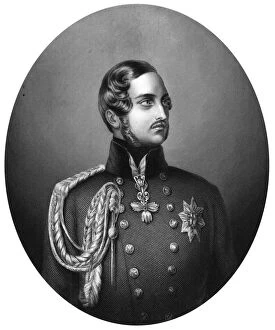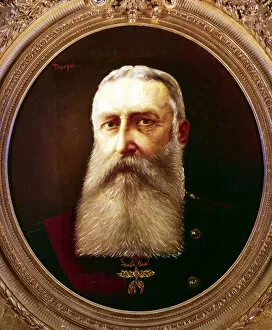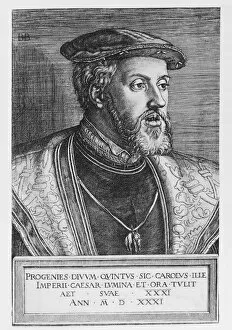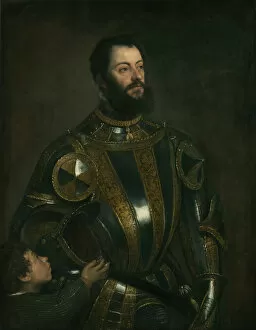Order Of The Golden Fleece Collection (#5)
"The Order of the Golden Fleece: A Tapestry of Prestige and Power" In the realm of chivalry and honor
All Professionally Made to Order for Quick Shipping
"The Order of the Golden Fleece: A Tapestry of Prestige and Power" In the realm of chivalry and honor, one order stands above all others - the illustrious Order of the Golden Fleece. Established in 1430 by Philip III of Burgundy, this prestigious knighthood has left an indelible mark on European history. Led by Jacques de Lalaing, a valiant knight and King of Arms, the order flourished under his wise leadership. Their noble mission was to protect their sovereigns with unwavering loyalty and courage. The portraits within its hallowed halls tell tales of legendary figures who adorned its ranks. Fernando Alvarez de Toledo, the formidable Duke of Alba, is immortalized in oil as a symbol of strength and authority. Charles II, King of Spain exudes regal splendor in his captivating portrait from 1673. Craftsmanship played a pivotal role in honoring these esteemed knights. The Austrian Golden Fleece, meticulously manufactured by Rothe and Neffe, epitomizes opulence and craftsmanship that befits such an esteemed brotherhood. Jean Wauquelin's presentation to Philip III showcases the intellectual pursuits cherished by members. Translating Hainaut's chronicles demonstrated their commitment to preserving knowledge for future generations. Artistic expressions further glorify this revered institution. Francisco de Asis de Borbon's portrait captures both elegance and grace while depicting a member adorned with golden fleece insignia. Similarly, Fernando VI's regal likeness evokes majesty fit for kingship. Even architecture pays homage to this distinguished order; San Lorenzo l'Ecurial's royal pantheon entrance door decor reflects grandeur befitting those interred within its sacred walls. Notable statesmen also found themselves among these honored knights; Jose Monino served as Minister to Charles III during times when wisdom was most needed.









